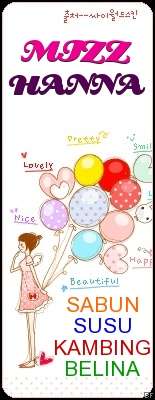Origins of the Kebaya
After Dutch colonization, the kebaya took on a new role as the formal dress for the European women in the country. During this time, the kebaya was made mostly from mori fabric. Modifications made to this traditional costume later introduced the use of silk and embroidery to add design and color. The most dominant form of kebaya worn on the islands of Java and Bali today, can be visibly traced to the kebaya worn in Java and Sunda from the late 19th - early 20th century onwards.
Many of the easily recognizable features of today’s kebaya – a tight fitting blouse that enhances the torso of the woman; the fold-back collarless neck and front opening; long sleeves; and the type of semi-transparent fabric – are evident in the kebaya of the past century. Traditional kebaya required the torso of the women to be wrapped with a long piece of cloth called a stagen. Women of higher social status would have help in wrapping their torso with the stagen however women who were not so fortunate to have help could dress themselves by tying the end of the stagen to a post and literally wrapping themselves into it.
The semi-transparent kebaya blouse was then worn overtop of the stagen. This blouse was fastened with a brooch rather than buttons and buttonholes. It was customary to combine the kebaya with kain – a length of unstitched cloth worn on the lower part of the body, often (and incorrectly) referred to in the English language as sarong. This kain was wrapped around the body with the pleats being placed at the front of the body. Traditinally this kain was dipped in a cornstach solution and then carefully folded by hand into pleats and pressed to produced the crisp look that was desired.
Info copyright: http://www.expat.or.id/








